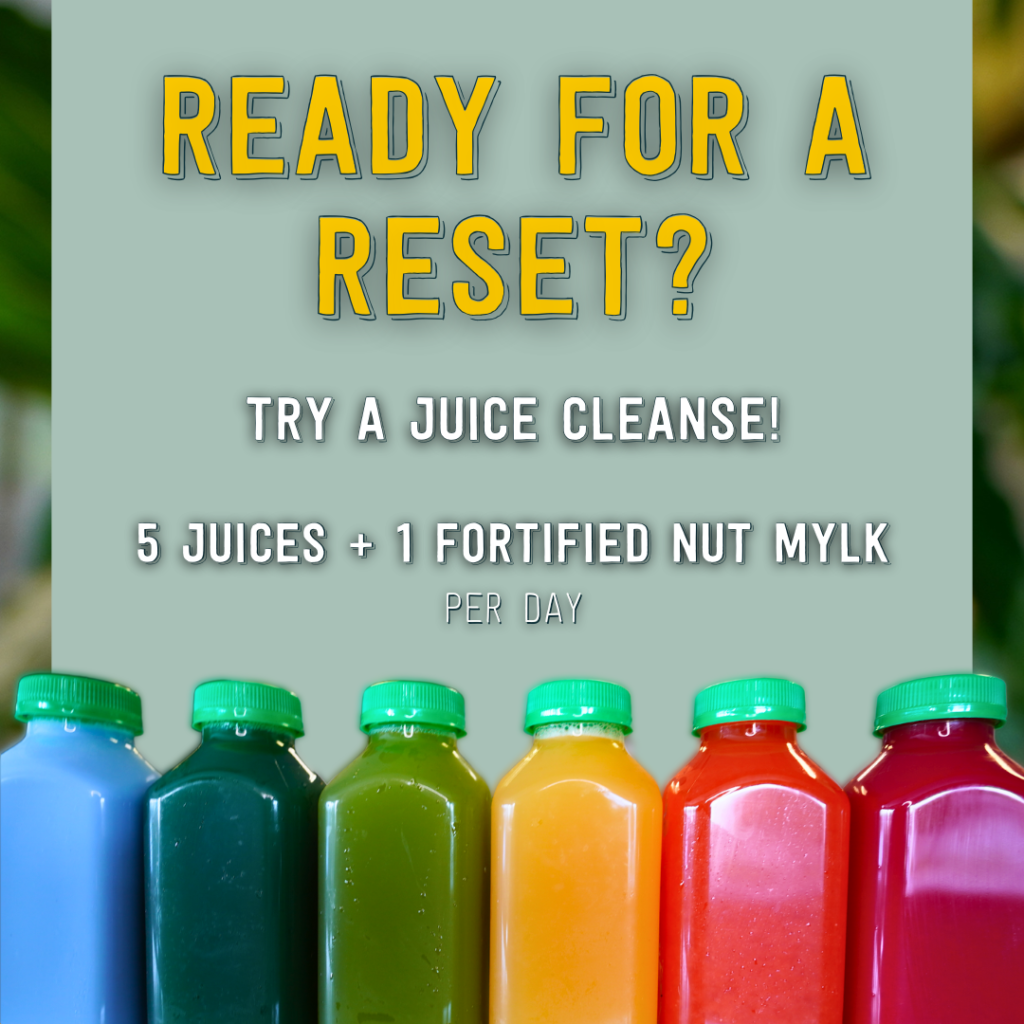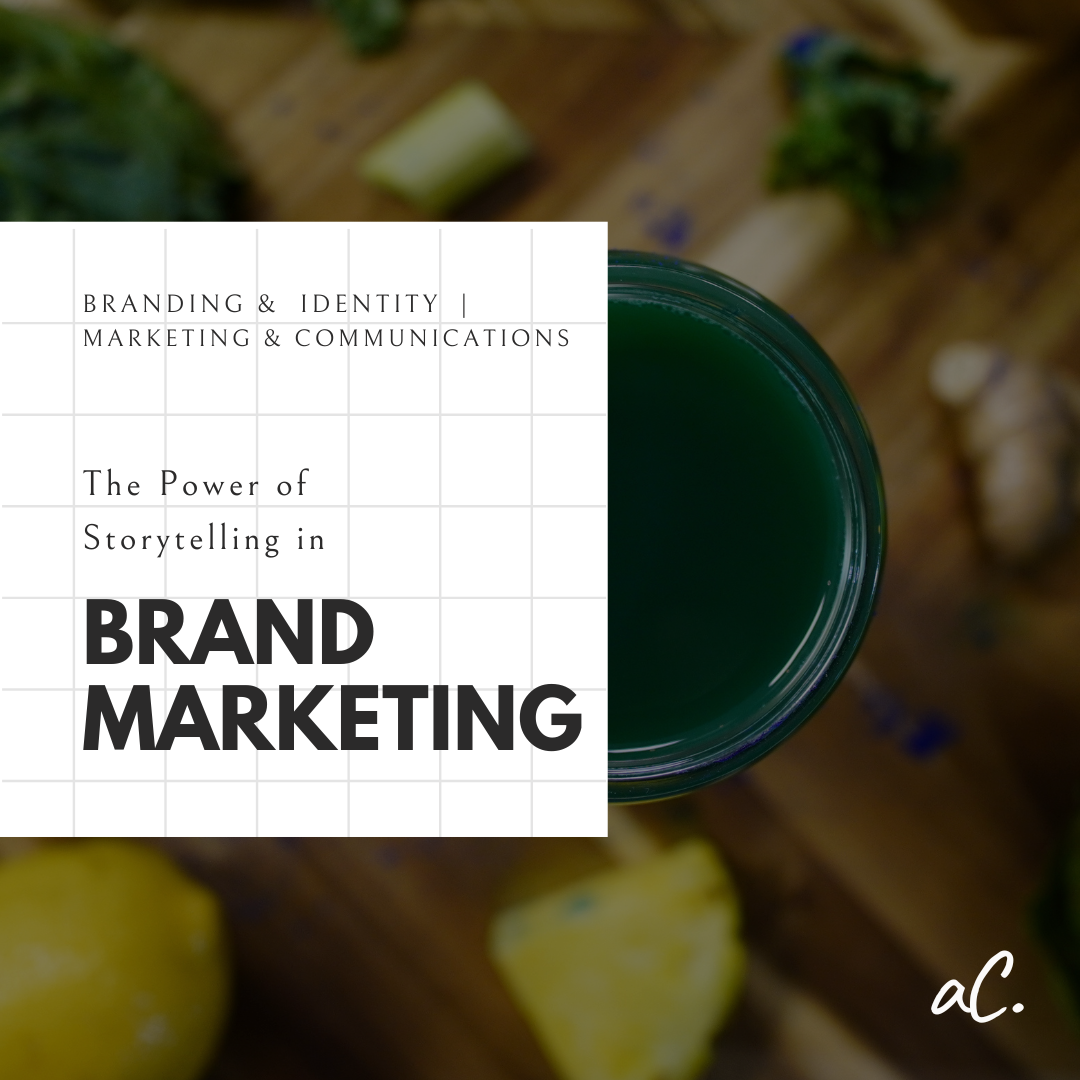
Brand Identity & Marketing
The Power of Storytelling in Brand Marketing
Crafting a brand story that is both authentic and compelling is integral to your marketing success.
In the crowded world of marketing, where countless brands vie for the attention of consumers, the ability to tell a compelling story can set a brand apart.
Storytelling in marketing involves crafting narratives that resonate with your audience, evoking emotions and creating a deeper connection. This connection can turn casual customers into loyal advocates, significantly boosting your brand’s visibility and reputation.
But what makes storytelling so powerful in brand marketing, and how can you harness it to build a stronger brand?
The Elements of a Good Brand Story
Identifying your brand’s core message: Your brand’s core message is the foundation of your story. It encapsulates the essence of your brand—its values, mission, and unique selling proposition.
This message should be clear, concise, and consistently reflected across all your marketing efforts. Ask yourself: What does my brand stand for? What problems does it solve? What makes it unique?
Creating relatable characters: Characters are the heart of any story. In brand storytelling, your characters can be your customers, employees, or even the brand itself. These characters should be relatable and reflective of your target audience’s aspirations and challenges.
By humanizing your brand through relatable characters, you can foster a stronger emotional connection with your audience.
For example, in building out marketing for a prominent Bay Area medical spa, I shifted social media and ads to showcase the medical providers and customer experience. In an industry that is oversaturated with treatment options, what sets a company apart is what makes it unique — You have to ask, “What makes the customer experience different?” The Answer: The providers, custom treatment plan inclusions, and customer loyalty benefits.
Developing a compelling narrative: A compelling narrative is one that engages your audience and keeps them invested in your story. It should have a clear beginning, middle, and end, with a conflict or challenge that gets resolved.
The narrative should align with your brand’s values and mission, reinforcing your core message. Incorporate elements of drama, humor, or inspiration to make your story more engaging.
Crafting Your Brand Story
Steps to develop your brand’s narrative:
- Define Your Brand’s Purpose: Start by clearly defining why your brand exists. What motivated its creation? What change does it aim to bring about?
- Identify Your Audience: Understand who your audience is, their needs, and what resonates with them. This will help you tailor your story to their preferences.
- Create a Story Arc: Develop a story arc that includes a challenge or problem, the journey to overcome it, and the resolution. This structure helps in making your story engaging and memorable.
- Use Authentic Voice and Tone: Your story should be told in a voice and tone that reflects your brand’s personality. Authenticity is key to building trust and credibility.
An example of brand storytelling can be found in my branding efforts for The Juice Lab. We used bold, rich colors and tone in font and style choices.




Integrating Storytelling into Marketing Channels
Website and blog content: Your website and blog are prime real estate for storytelling. Share your brand’s origin story, customer testimonials, and behind-the-scenes content. Use these platforms to dive deeper into your narrative, providing context and detail that reinforce your core message.
Social media storytelling: Social media is an excellent platform for bite-sized storytelling. Use it to share snippets of your brand story, customer experiences, and real-time updates. Visual content, such as images and videos, can enhance your storytelling efforts, making them more engaging and shareable.
Video marketing: Videos are a powerful medium for storytelling, allowing you to convey emotions and narratives more vividly. Create videos that showcase your brand’s journey, customer stories, and product use cases. Platforms like YouTube, Instagram, and TikTok can help you reach a broader audience with your video content.
Case Studies
Analysis of brands with effective storytelling:
Coca-Cola: Coca-Cola’s “Share a Coke” campaign personalized its bottles with people’s names, creating a personal connection with consumers. The campaign’s success lay in its ability to make customers feel special and part of a larger community.
Airbnb: Airbnb’s storytelling focuses on belonging and connection. By sharing hosts’ and guests’ stories, Airbnb highlights the unique experiences its platform offers, reinforcing its message of belonging anywhere in the world.
Lessons learned from their success
- Emotional Connection: Successful brand stories often evoke strong emotions, making them more memorable and impactful.
- Consistency: Maintaining a consistent narrative across all marketing channels helps reinforce your brand message and build trust.
- Customer-Centric: Putting customers at the heart of your story makes it more relatable and engaging.
Tips for Authentic Storytelling
Maintaining authenticity: Authenticity is crucial for effective storytelling. Be genuine in your narrative, and avoid exaggeration or false claims. Authentic stories build trust and credibility with your audience.
Engaging your audience emotionally: Emotional engagement is key to making your story memorable. Use real-life examples, testimonials, and personal anecdotes to evoke emotions and connect with your audience on a deeper level.
Consistency across all platforms: Consistency ensures that your story is recognizable and reinforces your brand message. Maintain a consistent voice, tone, and visual style across all marketing channels to strengthen your narrative.
Storytelling in brand marketing is a powerful tool that can transform how consumers perceive and connect with your brand. By identifying your core message, creating relatable characters, and developing a compelling narrative, you can craft a story that resonates with your audience.
Integrate your story across various marketing channels, maintain authenticity, and engage your audience emotionally to build a strong, consistent brand presence. Start crafting your brand story today and watch as it captivates your audience and propels your brand to new heights.

